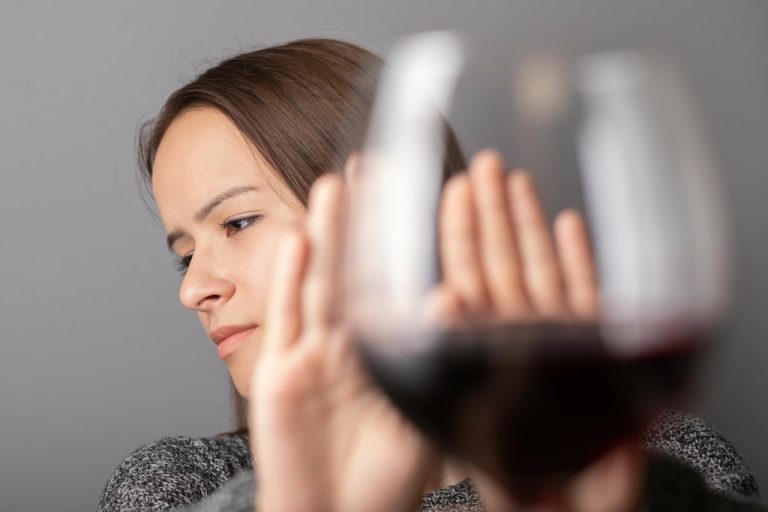We strive to create content that is clear, concise, and easy to understand. Patients typically receive the Vivitrol shot once per month. Unlike disulfiram (Antabuse), which makes you ill when you drink, Vivitrol alters how your brain responds to the alcohol in your system. Vivitrol accomplishes this by preventing alcohol-induced endorphins from attaching to their receptors.
A generic drug is an exact copy of the active drug in a brand-name medication. If you have questions or concerns about your weight while taking Vivitrol, talk with your doctor. They can recommend ways for you to maintain a healthy weight. If you have more questions or are how to stop alcohol cravings concerned about withdrawal from Vivitrol, talk with your doctor or pharmacist. Vivitrol may not be right for you if you have certain medical conditions or other factors that affect your health. Talk with your doctor about your health history before you take Vivitrol.
Vivitrol for alcohol dependence
Methadone and buprenorphine, also approved for opioid addiction treatment, can be addictive. Buprenorphine is available through doctors’ offices, but it and methadone require daily doses. Carry written information with you at all times to alert healthcare providers that you are taking this medication, so that they can treat you properly in an emergency. Ask your healthcare provider how you can get a wallet card to carry with you.

If you need help with your substance use disorder, we are here to help you build your confidence and momentum towards the future you want. We provide treatment services for adults with alcohol, opioid, and other substance use disorders. We are currently located in Florida, Louisiana, Massachusetts, New https://ecosoberhouse.com/article/how-long-does-cocaine-stay-in-your-system/ Jersey, North Carolina, Ohio, Texas, and Washington. If you are seeking help with your loved one’s addiction, contact us today or complete our quick contact form below, to speak with an addiction treatment specialist. The majority of injection site reactions are moderate and resolve on their own.
Vivitrol (naltrexone)
People who received Vivitrol remained in the study for about 69 days, compared to people who received Suboxone, who remained in the study for about 64 days. Remaining in the study meant that people continued to take the medication for 12 weeks, as opposed to dropping out of the study. In clinical trials of people who took Vivitrol for opioid dependence, ALT increased in about 13% of the people.
- When an individual taking any form of naltrexone relapses, they won’t be able to get high or intoxicated because the drug won’t bind to the opioid receptors in their brain.
- Keep in mind that people taking Vivitrol for alcohol dependence shouldn’t drink alcohol even though they may have a lower desire to drink.
- (A class of drugs is a group of medications that work in a similar way.) Therefore, both Vivitrol and Suboxone can cause very similar side effects.
- Below are common dosages, but the dosage you receive will be determined by your doctor.
- If you have more questions or are concerned about withdrawal from Vivitrol, talk with your doctor or pharmacist.
